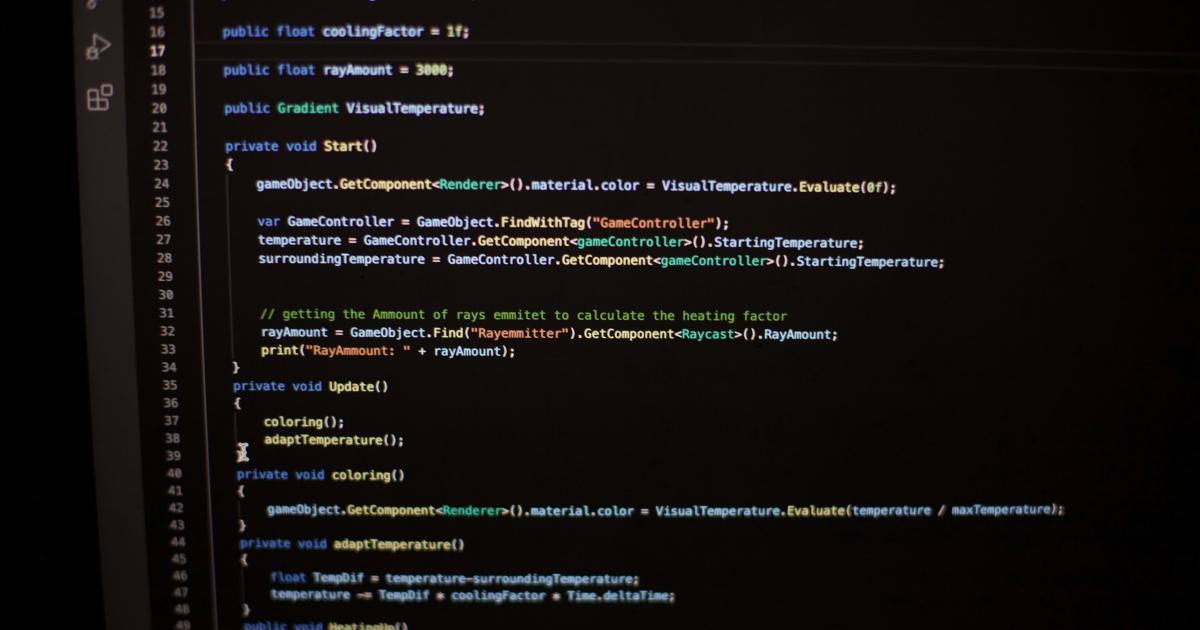How to Leverage Event Tracking to Uncover User Behavior Patterns

Unlocking the power of event tracking can be a game-changer for businesses looking to gain valuable insights into their users' behavior. By meticulously monitoring and analyzing user interactions, organizations can uncover patterns, identify pain points, and make data-driven decisions to enhance the overall user experience. In this comprehensive guide, we'll delve into the world of event tracking, exploring its key benefits, implementation strategies, and how to leverage the insights gleaned to drive business success.
Understanding the Importance of Event Tracking
In the digital landscape, where user engagement and loyalty are paramount, event tracking has emerged as a crucial tool for organizations to understand their customers better. By capturing and analyzing user interactions, businesses can gain a deeper understanding of how their products or services are being utilized, where users are encountering friction, and what motivates them to take specific actions.
Event tracking enables organizations to move beyond mere surface-level metrics, such as page views or bounce rates, and dive into the granular details of user behavior. This level of insight can be instrumental in identifying optimization opportunities, improving conversion rates, and refining marketing strategies to better align with user preferences.
The Benefits of Leveraging Event Tracking
Enhancing the User Experience: By closely monitoring user interactions, businesses can identify pain points, streamline navigation, and proactively address user concerns, ultimately leading to a more satisfying and seamless user experience.
Optimizing Conversion Rates: Event tracking data can shed light on the user journey, pinpointing where users are abandoning the conversion funnel and enabling organizations to implement targeted interventions to improve conversion rates.
Personalized Marketing and Targeting: With a deep understanding of user behaviors and preferences, businesses can craft personalized marketing campaigns, product recommendations, and targeted messaging to better engage their audience.
Identifying Key Performance Indicators (KPIs): Event tracking data can help organizations define and track relevant KPIs, allowing them to measure the success of their digital initiatives and make data-driven decisions.
Uncovering Trends and Patterns: By analyzing user behavior patterns over time, businesses can identify emerging trends, anticipate user needs, and stay ahead of the competition in a dynamic market.
Defining User Events and Metrics
At the core of event tracking lies the identification and monitoring of user events. These events represent the specific actions taken by users during their interaction with a digital platform, such as a website or mobile application. Some common examples of user events include:
- Page Views: Tracking the pages or screens users navigate to and the time spent on each.
- Clicks: Monitoring user clicks on buttons, links, or other interactive elements.
- Form Submissions: Tracking the completion of forms, such as registration, checkout, or contact forms.
- Video Interactions: Capturing engagement with video content, including play, pause, and completion rates.
- Scroll Depth: Measuring how far users scroll down a page or screen.
- Search Queries: Tracking the search terms users enter and the results they interact with.
- Social Shares: Monitoring the sharing of content on social media platforms.
By defining and tracking these user events, businesses can gain valuable insights into the user journey, identify areas for improvement, and make data-driven decisions to enhance the overall user experience.

Implementing Event Tracking
Integrating event tracking into your digital platforms can be a strategic and technical process. Let's explore the key steps involved in setting up a robust event tracking system.
Selecting the Right Analytics Platform
Choosing the appropriate analytics platform is the first crucial step in implementing event tracking. Popular options include Google Analytics, Adobe Analytics, Mixpanel, and Amplitude, among others. Each platform offers its own unique features, data visualization tools, and reporting capabilities. It's important to evaluate your organization's specific needs, such as data granularity, integration with other tools, and budget, to select the most suitable platform.

Defining Your Event Tracking Strategy
Before diving into the technical implementation, it's essential to develop a clear event tracking strategy. This involves identifying the key user events you want to monitor, determining the relevant metrics to track, and aligning these with your overall business objectives. By defining a well-structured event tracking strategy, you can ensure that the data you collect is meaningful and actionable.
Step 1: Identify Key User Events
Evaluate your user journey and pinpoint the critical touchpoints where you want to monitor user behavior. Consider events that directly impact your business goals, such as conversion, retention, or engagement.
Step 2: Determine Relevant Metrics
Decide on the specific metrics you want to track for each user event, such as event count, event duration, or event value. These metrics will provide the necessary insights to understand user behavior and inform your decision-making.
Step 3: Align with Business Objectives
Ensure that your event tracking strategy is closely aligned with your overall business objectives. This will help you derive meaningful insights that can be directly applied to drive business success.
Implementing Event Tracking Techniques
Once you have defined your event tracking strategy, it's time to implement the necessary technical components. Depending on the analytics platform you have chosen, the implementation process may vary, but the general steps are as follows:
Instrument Your Digital Assets: Integrate the analytics platform's tracking code into your website, mobile application, or other digital touchpoints. This will enable the platform to capture user events and their associated data.
Configure Event Tracking: Define and configure the specific user events you want to track within the analytics platform. This may involve setting up event triggers, custom event properties, and event-based goals or funnels.
Test and Validate: Thoroughly test your event tracking implementation to ensure that the captured data accurately reflects user interactions. Validate the data by comparing it to your own observations or other data sources.
Monitor and Maintain: Continuously monitor your event tracking implementation to address any changes or issues that may arise, such as new user events or platform updates. Regularly review and refine your event tracking strategy to keep pace with evolving user behaviors and business needs.
Unlocking Insights and Driving Action
With a robust event tracking system in place, the real value comes from the insights you can uncover and the actions you can take to optimize your digital experiences.
Analyze User Behavior Patterns
Dive into the event tracking data to identify user behavior patterns, trends, and anomalies. Leverage reports, dashboards, and data visualization tools provided by your analytics platform to uncover meaningful insights. Look for patterns in user interactions, such as common navigation paths, drop-off points, or recurring user actions.

Identify Optimization Opportunities
Use the insights gained from event tracking to identify areas for optimization. This could involve improving the user interface, streamlining the conversion funnel, or enhancing content and product recommendations. By addressing the pain points and friction points uncovered through event tracking, you can drive tangible improvements in user engagement and business outcomes.

Personalize the User Experience
Leverage the deep understanding of user behavior patterns to personalize the user experience. Use event data to segment your audience, deliver targeted content and recommendations, and create personalized marketing campaigns. This level of personalization can significantly enhance user satisfaction, increase conversion rates, and foster long-term customer loyalty.

Measure and Iterate
Continuously measure the impact of your optimization efforts and user experience enhancements. Track the relevant KPIs and monitor changes in user behavior over time. This iterative process of measuring, analyzing, and refining will enable you to make data-driven decisions and continuously improve the user experience.

Conclusion
Event tracking is a powerful tool that can unlock a wealth of insights and drive impactful business decisions. By closely monitoring and analyzing user behavior patterns, organizations can enhance the user experience, optimize conversion rates, personalize marketing efforts, and stay ahead of the competition.
To effectively leverage event tracking, it's crucial to define a clear strategy, implement the right technical solutions, and continuously analyze and act on the insights gained. By embracing the power of event tracking, businesses can transform their digital platforms into engaging, user-centric experiences that drive long-term success.